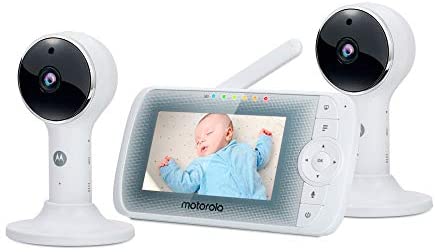Unisys is a global technology solutions company that powers breakthroughs for the world’s leading organizations. Unisys’ solutions – cloud, AI, digital workplace, logistics and enterprise computing – help clients challenge the status quo and unlock their full potential. To learn more click here.
Todd Pruzan, HBR
Welcome to the HBR Video Quick Take. I’m Todd Pruzan, Senior Editor for Research and Special Projects at Harvard Business Review. As organizations everywhere continue refining their hybrid work models, a lot of them are finding out they need to plan complex strategies that balance a range of factors that all need to work together to support productivity, efficiency, and growth.
Today, we’re talking with Mike Thomson, who’s President and Chief Operating Officer of Unisys, to explore key business technology trends in today’s hybrid work environment. Mike will share his expertise in using AI and data models, tackling cybersecurity issues, and managing costs between physical and digital resources. Mike, thanks for being with us.
Mike Thomson, Unisys
Thank you for having me.
Todd Pruzan, HBR
OK, so obviously today many organizations are operating in a hybrid work environment. How can they use AI and data models to enhance the way they deliver their solutions?
Mike Thomson, Unisys
Yeah, great question. Hybrid data model is absolutely here to stay. It’s just a matter of how many days you’re actually in the office. So the key is to make that environment as seamless as possible. The data models are really important in order to do that.
So if you think about the data telemetry that you can capture and analyze—which would be items from the physical device, the physical location, perhaps the user sentiment—bringing all of that disparate data together so that you can analyze that data and do things like preventive maintenance or self-healing or things like that is really the aspect of the AI and data model that we like to talk about. We also look at the persona for the individual, which could help determine what type of bandwidth they need, what software they need, and what hardware they need. So the key is to really get it to be a seamless environment, just like if you were in the workplace itself, and make sure that you’re enabled to collaborate with your coworkers.
Todd Pruzan, HBR
With remote work becoming obviously more and more prevalent, how does an organization with a hybrid workplace model address cybersecurity issues?
Mike Thomson, Unisys
Another great question, and a difficult one. Look, if you think about those environments today, you’re connected to a home network. So your kid’s Xbox is part of the network infrastructure.
I like to think about it in two elements. One is really related to the actual physical security, so that would be adding software to the device, like a CrowdStrike or something like that. The other piece is really about education. We need to make sure that the remote workforce really has a good sense of what to look for from a cyber perspective. And then lastly, we need to ensure that we’ve got the right monitoring tools and things like that to ensure the safety of that environment, and things like multifactor authentication are really important as well.
Todd Pruzan, HBR
Can you talk a little bit about the balance between reducing physical costs and with managing increasing data-related expenses?
Mike Thomson, Unisys
Yeah. Everyone looks at the real estate side of that and the cost reduction there, and that’s real and tangible. But there are definitely these hidden costs on the backside, whether that is additional software, or additional pieces of hardware in the home. You’re talking about data. Again, we talked about data telemetry, storing all that data, capturing that data, the secure aspect of monitoring that environment. So there’s a lot of additional licenses cost as well as hardware costs that usually come into play, and it’s usually a hidden cost until you actually bear it.
Todd Pruzan, HBR
OK. Well, Mike, thank you for all of your insights today. Thanks for being with us.
Mike Thomson, Unisys
Well, thanks for having me. I really appreciate it.
Todd Pruzan, HBR
We’ve been speaking with Mike Thomson, President and Chief Operating Officer of Unisys Corporation.
To learn more click here: Business leaders on AI adoption: HBR report sponsored by Unisys.


